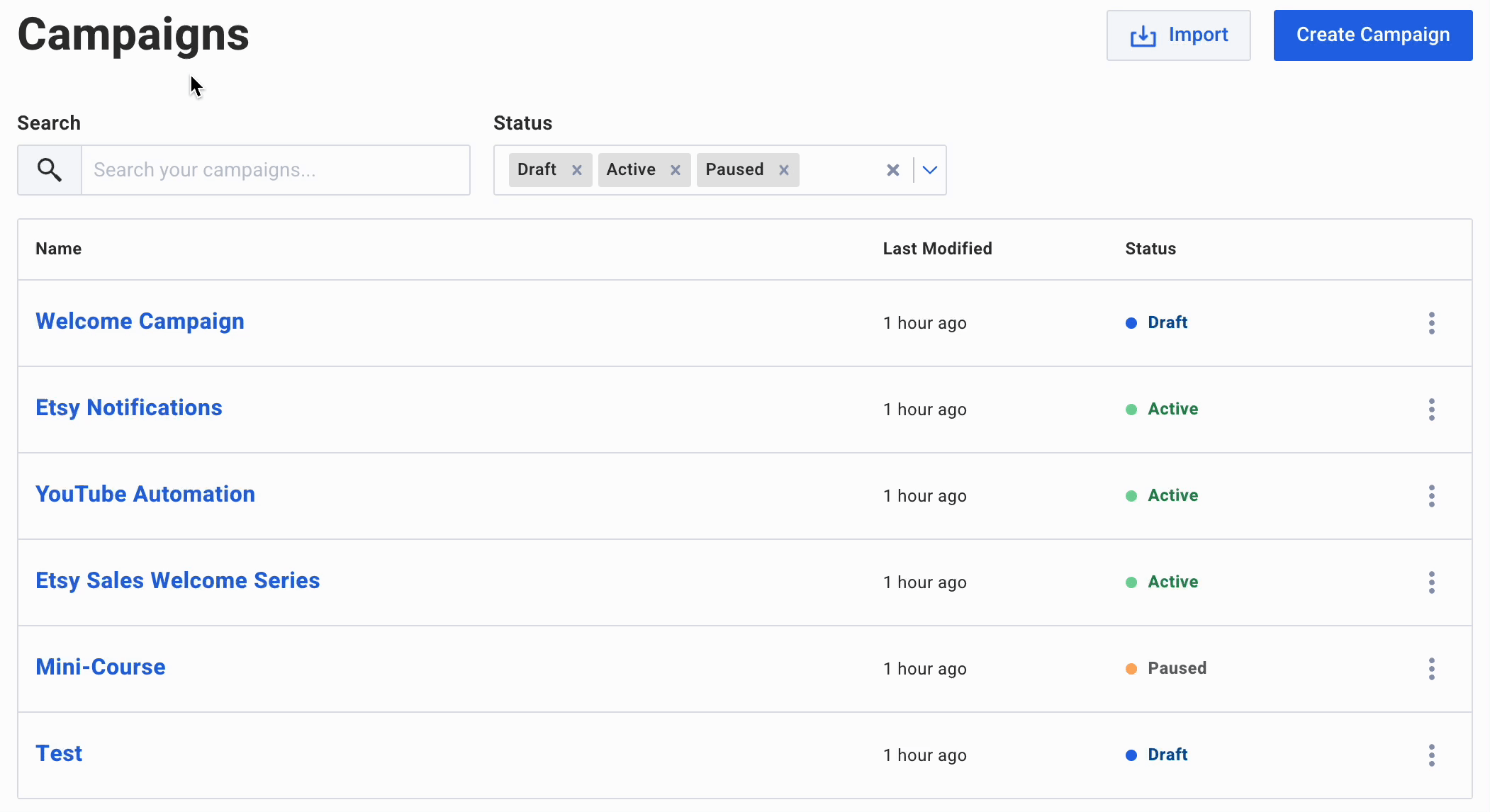
 Add to favorites
Add to favorites
AWS also sees Docker, Hadoop, Redis, SSH attacks at a massive scale
AWS suggests it was hit with an record DDoS attack of two.3 Tbps before this 12 months 12 months, with the (unsuccessful) try to knock cloud providers offline continuing for 3 times in February.
That is a colossal two.3 trillion bytes of info every 2nd remaining directed at AWS’s servers by an mysterious attacker.
To set the scale of the try in context, it is almost double the 1.3 Tbps attack that blasted GitHub offline in 2018, or the circa 1 Tbps Mirai botnet DDoS that famously knocked Dyn offline in 2016.

History DDoS Assault: AWS Reports CLDAP Incident
DDoS attacks occur in a extensive selection of flavours.
The attack on AWS was a CLDAP reflection-centered attack, and was forty four p.c much larger than just about anything the cloud company has viewed in advance of, it stated in a Q1 AWS Shield risk landscape report [pdf] viewed this 7 days.
AWS did not cite an clear motive, but noted that attacks spike when a new vector is learned by attackers.
Reflection attacks abuse reputable protocols, by making use of a sending a request to a third-party server, making use of a spoofed IP deal with. The reaction is substantially much larger in dimensions and is returned to the spoofed IP deal with of the unwitting sufferer. (Safety business Akamai in 2017 identified that seventy eight,071 of hosts responded with 1,500+ bytes of info to an original 52 byte question).
CLDAP reflection attacks abuse the connectionless edition of the Light-weight Listing Access Protocol (LDAP).
AWS weathered this attack, its risk report reveals, but it will come just after the public cloud big saw providers knocked offline in October 2019 by a DDoS attack on its DNS service.
What Else’s is Staying Used to Assault the Cloud?
The report also highlights the 4 most notable (malicious) “interaction types” made use of to try out and hack providers running on AWS in Q1.
There ended up 41 million attempts produced to compromise providers making use of these 4 techiques along for the duration of the quarter — 31 p.c of all events.
With out naming specific CVEs, AWS factors to:
• “Docker unauthenticated RCE, wherever the suspect attempts to exploit a Docker engine API to create a container, with out authorization.
• “SSH intrusion attempts, wherever the suspect looks for approaches to obtain unauthorized entry to the application making use of generally made use of qualifications or other exploits.
• “Redis unauthenticated RCE, wherever the suspect attempts to exploit the API of a Redis database to obtain remote entry to the application, obtain entry to the contents of the database, or make it unavailable to end consumers.
• “Apache Hadoop YARN RCE, wherever the suspect attempts to exploit the API of a Hadoop cluster’s source administration procedure and execute code, with out authorization.
The report notes: “The inspiration of an attacker can differ. Person interactions might outcome from an attacker with a particular aim that related to the qualified application. The increased quantity interactions are inspired by control of compute and community resources at scale for uses like cryptocurrency mining, DDoS attacks, or info exfiltration.
“The frequency of interaction with an application is dependent on elements like its prevalence on the Internet, availability of unpatched RCE vulnerabilities, and the chance that application proprietors have correctly restricted entry to all those applications”, it concludes.
See also: The Best ten Most Exploited Vulnerabilities: Intelligence Businesses Urge “Concerted” Patching Campaign




More Stories
Passive income books on you’d wish you read earlier
Ultimate Guide to Writing Your First Email Newsletter
How Does Working With An Employee-Owned Company Benefit You?